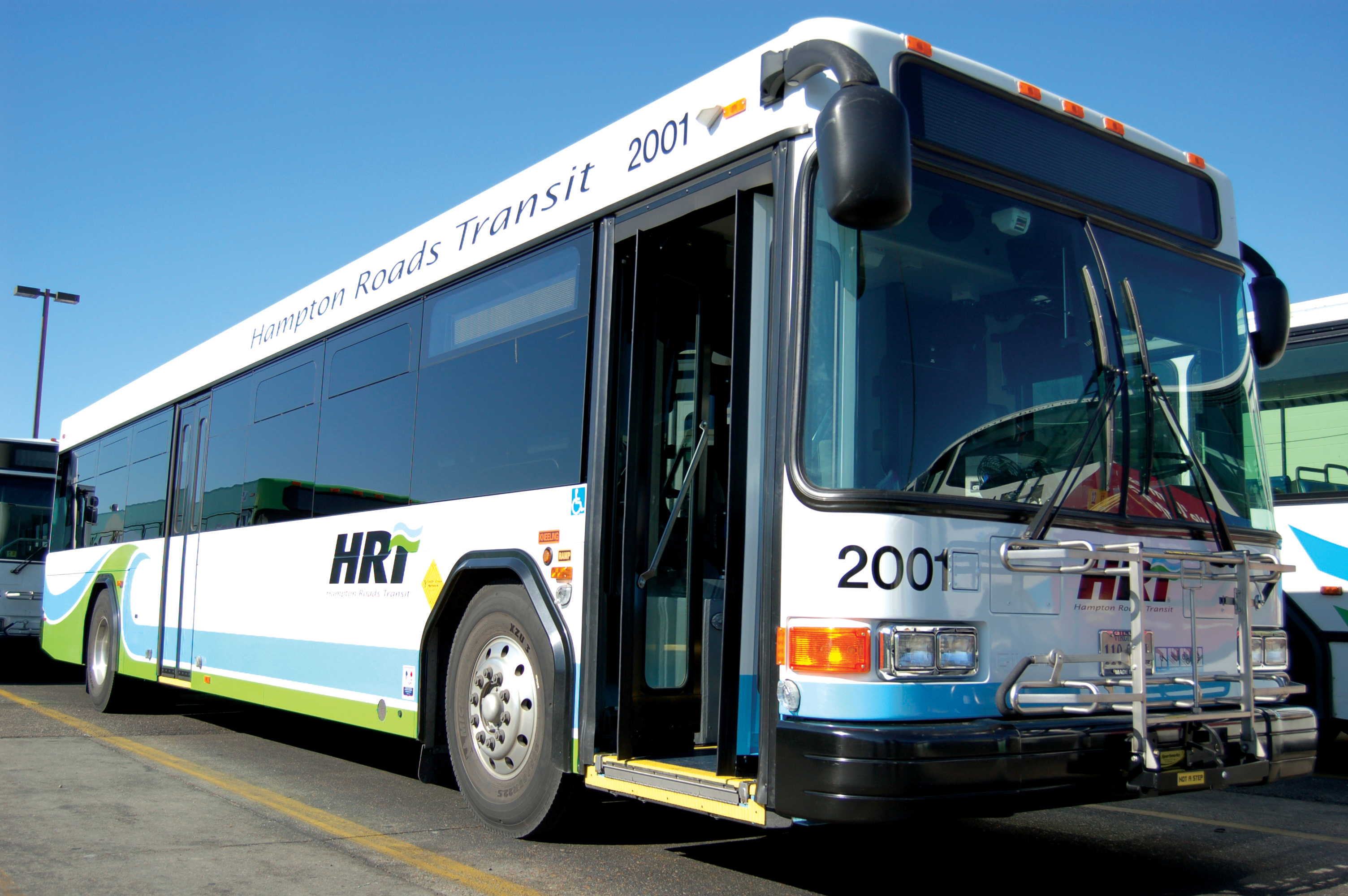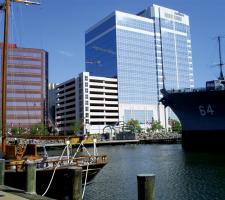
Buses will still be able to use the tunnel toll-free
David Crawford reviews current developments and legal/financial issues facing tunnel management in Virginia.
This autumn theThe anticipated toll income, along with loans and bonds, is critical for helping to pay for a huge US$2.1bn public/private project currently under way. This includes:
• Duplicating the existing Midtown Tunnel with a 1.7km-long two-lane tunnel in an immersed tube deployment;
• Upgrading Midtown Tunnel and the existing twin-bore Downtown Tunnels between Norfolk and Portsmouth;
• Extending the Martin Luther King (MLK) expressway on the Portsmouth side of the river to allow drivers a choice of tunnel crossing;
• Creating new interchanges and:
• Installing a modern ITS-based integrated management and safety system covering the entire complex.
All the phases are due for completion in 2016 and are expected to deliver increased regional economic development benefits estimated at up to US$254 million.
But in July 2012 a group of local residents and businesses filed a lawsuit to prevent the imposition of tolls. The lawsuit was filed the day before the Elizabeth River Tunnels Project (ERTP), a partnership between VDOT and the private-sector Elizabeth River Crossings OpCo (ERC), took control of the existing tunnels.
The objectors claimed that VDOT did not have the constitutional authority to levy what they argue is a tax. On 20 May 2013, a local court judge upheld their complaint in a decision that could have wide-ranging implications for other toll operations in the State. In the meantime ERC has announced that it is continuing with its construction programme, with design work over 90% complete.
At the same time, VDOT is urgently reviewing the project contract documentation to assess the implications of the ruling not being reversed on appeal. Assuming that it is, under the partnership agreement, VDOT will maintain ownership of the infrastructure and oversee the activities of ERC, which is financing and building the network and will operate and maintain it for a 58-year concession period.
The partnership has chosen the Duluth, Georgia, headquartered company
The brief includes integration of the management of all the tunnels’ subsystems and installations, including emergency flow reversal gates, highway advisory radios, geographic information system (GIS)-based incident management capability, tunnel low point and storm water pump stations, jet fans and environmental sensors. The array will also enable the monitoring and control of CCTV cameras, dynamic message signs, vehicle detectors, lane control signals, reversible lane signals and variable speed limit signs throughout the network.
Meanwhile, ERC has spent US$100,000 on improving existing systems by installing new traffic monitors and cameras and a radio system upgrade; and is planning an operations centre rebuild. The improved radio links are now allowing emergency personnel to communicate directly with maintenance workers at the scene of an accident in the Downtown Tunnel, rather than having to rely on messages being relayed to and fro via a VDOT operations centre.
As a result, the emergency staff receive earlier information on incidents, and confirmations as to whether or not they are going to be needed – so avoiding them unnecessarily impacting on general traffic movement. As a result, in December 2012 incidents that were taking an average of 12.5 minutes to clear in 2011 were being dealt with in an average 10.9 minutes in the Downtown Tunnel and 11.9 minutes in the Midtown Tunnel.
Building of a second bore parallel to the upgraded Midtown Tunnel has been a priority for the Hampton Roads region for many years and this will relieve pressure on a 50-year-old link. Now the most heavily travelled two-lane roadway east of the Mississippi River, it is a vital link between the two Virginia cities. It is now carrying a million vehicles a month – an increase of 600% over its lifetime during which the regional population has increased by nearly 70%.
Hampton Roads’ location and geographic assets have made it one of the busiest ports on the US East Coast and the home to the world’s largest naval base; which together account for most of the available employment. The region is also a summertime destination for hundreds of thousands of holidaymakers with all the traffic related ramifications that entails.
The new river crossing capacity will substantially increase throughput and allow the more systematic management of traffic flows, saving an estimated 30 minutes a day in travel time for the average round-trip while also reducing fuel consumption and emissions. Roadway safety will also improve with the elimination of bi-directional traffic on the Midtown Tunnel crossing.
Through increased funding that forms part of the project agreement, local bus operator Hampton Roads Transit (HRT) – which covers Norfolk, Portsmouth and four other regional cities with a combined population of 1.3 million - will be able to enhance its cross-river service. Buses will be able to use the tunnels toll-free.
HRT also runs three 150-passenger ferries that allow users to walk on with their bicycles. VDOT expects the increased overall capacity to spur public transport ridership and so discourage single-occupant car use.
Tolling plans envisage all-electronic, free flow charging based on the use of the E-ZPASS interoperable tag-based system, which now covers 25 toll agencies in 15 US States and, in 2012, handled nearly 2.5bn transactions by 14.6bn account holders.
ERC has contracted
ERC is a 50/50 joint venture between
Transdyn is contributing the lengthy experience which it recently deployed in the New York City
ATMIDEAS emerged from the 1998 identification by an MTA B&T engineer of a key missing ATM component - a software integration program that would bring a range of planned ITS deployments together in a single emergency/incident management system. Initially implemented by Transdyn in 2003, this was presented at that year’s














